Dreaming of Halibuts: My Journey to Norway Part I

In June I traveled to Norway to boat on the Fjords of this wonderful country and fish for halibuts. Read in my travel report about the sun at night, enchanted sumps, the gift shop on the gate to the artic and me reasoning about why I do this.
Every year I ask myself: Why do I do this? My father, some friends of him and I climb in a van, somewhere in Thuringia in the middle of Germany, to drive northwards. Through Germany, through Denmark, through Sweden, to some tiny place at the shore of Norway, above the polar circle, where we try to fish halibuts. Since I don't like fishing, hate to kill animals and are afraid of the sea I wonder, why I climb in this van.
Maybe the reason is that I love to drive endlessly northwards. Like every year I promised myself to read at least two books while we are driving three days. And like every year I'm unable to read a single book. I try, read some pages, but short after I fall asleep. In the 72 hours we drive, I sleep something like 50 hours. The rest of the time I try to read or look out of the window.
When we arrive in Sweden I think: "This is an enchanted land". Don’t know why, but “enchanted” seems the only correct word to describe Sweden. I wouldn’t be surprised to see witches, elves or fays flying or walking between the wooden houses with their black roofs made of straw.
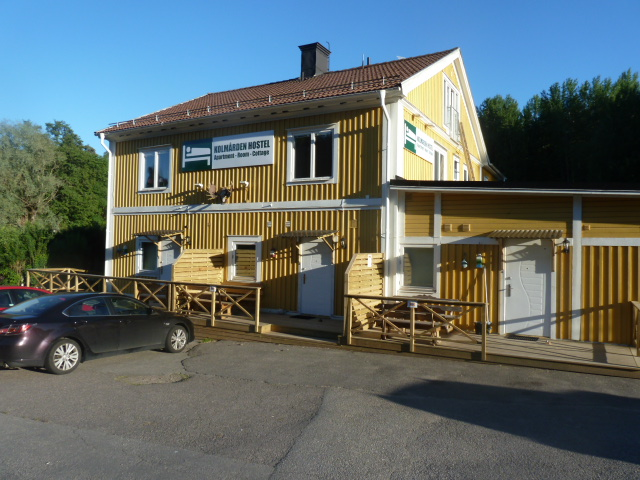
After leaving the lowlands of Sweden the forest begins. For thousand of kilometres there is nothing but forest. Small villages with wooden houses, separated from themselves without fences, happy in their shared loneliness. Everywhere birches and pines, and the more northern we are, the smaller and sparser the trees become.
After two overnight stays and a lot of breaks I don’t think anymore “Sweden is an enchanted land”. I think: “Sweden is an endless sump." So much water, so many lakes, so many creeks - and so many mosquitos. It's a wonderful country, and if I’ve ever seen a place Baldur, the Viking’s God of Light, made to realize beauty, it’s a lake in Sweden - but how can people live here? Everytime we make a break a swarm of this little beasts has waited for us and bites us in every non-clothed part of our bodies.
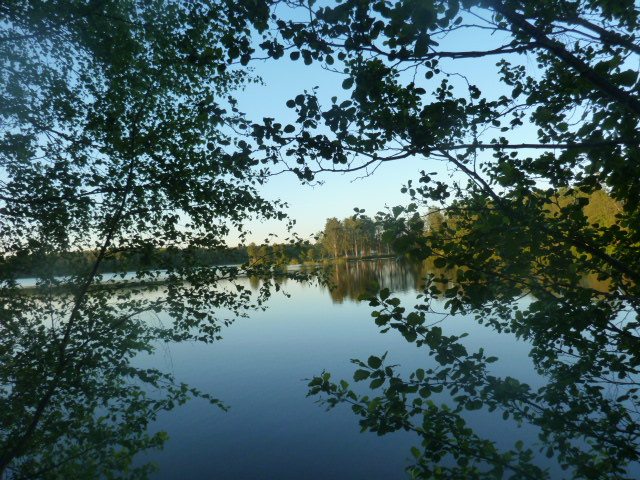
Driving a car in Norway has some disadvantages. Streets are bad, you are nowhere allowed to speed up faster than 80 km/h, and every breach of the traffic regulation is punished with a fine of at least 400 Euro. So we decided to drive as long in Sweden as possible. After finally passing the border to Norway – which was more open than any known border in the Schengen Zone - it was no long untill we arrived at the border to the polar circle.
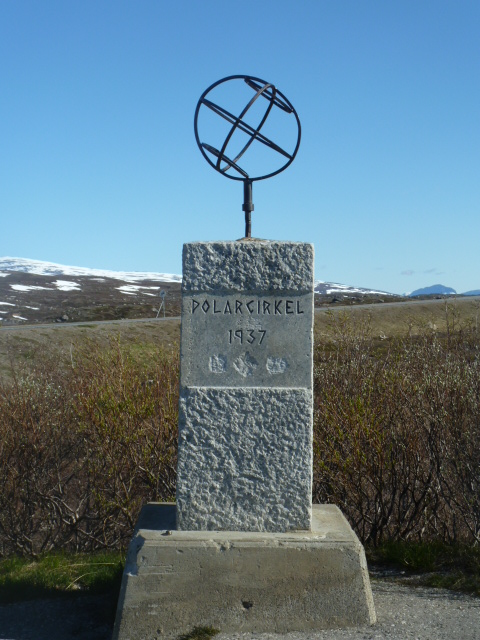
Guess what you see when you pass the geographical degree that makes you officially being in the arctic? A restaurant and a souvenir shop. Live is like a book of Douglas Adams.
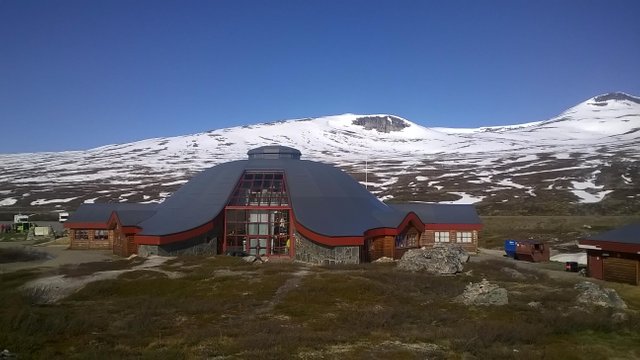
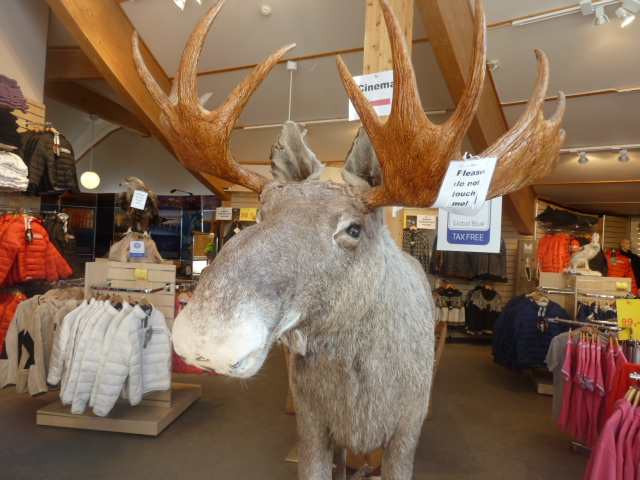
I wonder where the people live who work here. There is no civilization left, nowhere, we are in the endless area of eternal ice, no villages, not cities, no more trees. Only a long and straight rail.
The rail was made by Germans, one of our fellow traveller tells me, during World War II, when “we” conquered Norway to secure “our” iron commodity supply. He really says “we” and “our”, and he seems proud about it. I reasonate about how he’s confirming the cliché about 60-year-old males from Eastern Germany, who like to walk as “concerned citizens” through inner cities in Saxonia and confuse patriotism with xenophobia. I shrug my shoulders and ask myself once again: Why am I here?
Some hours later we finally arrive at our destination: Saltstraumen. The mecca of the hunters of halibuts and sea wolves.
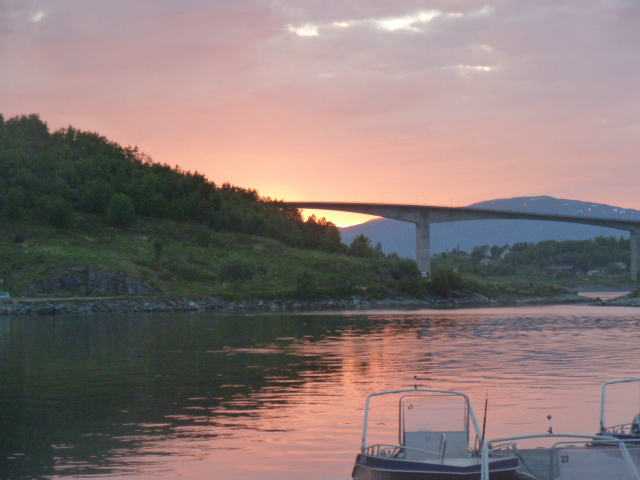
Seeing the cost, the rocks, the sun shining at night, I get a clue how I could answer my question. This is why I’m here. Norway may be a cold and lonely country, but it’s a good guess to say that it has the most wonderful coast of the world.
--
Did you like the first part of my travel report? In the next episodes following soon I’ll tell about how we boat through the fjords, how my fellow travellers capture monsters from the deep sea and how I discover non-fishing qualities of Norway.